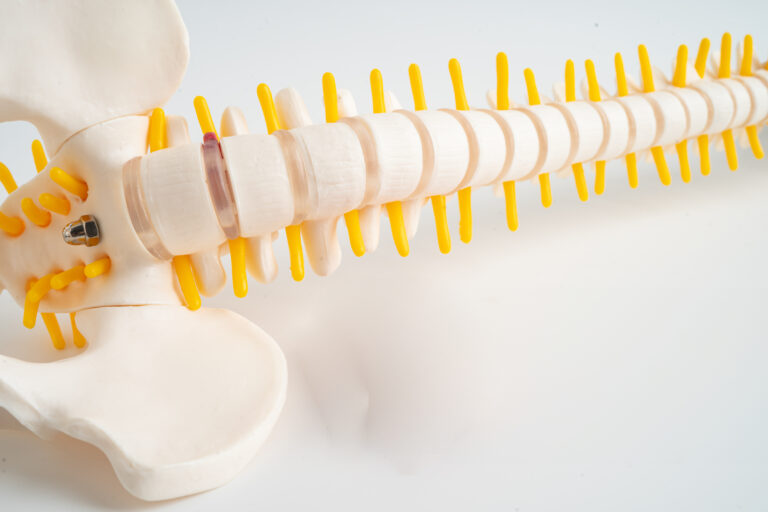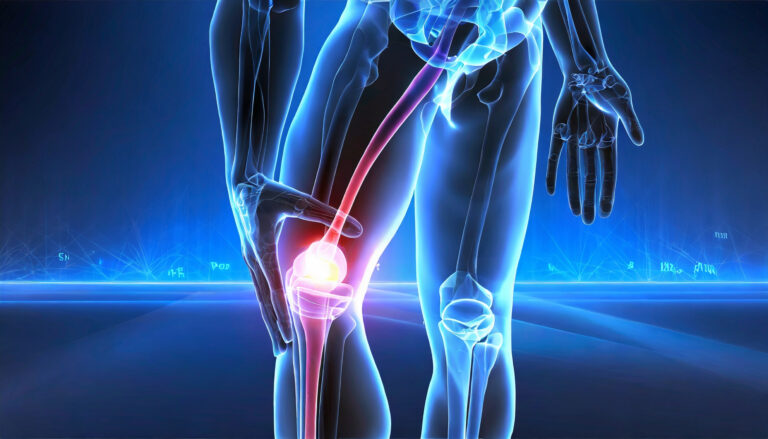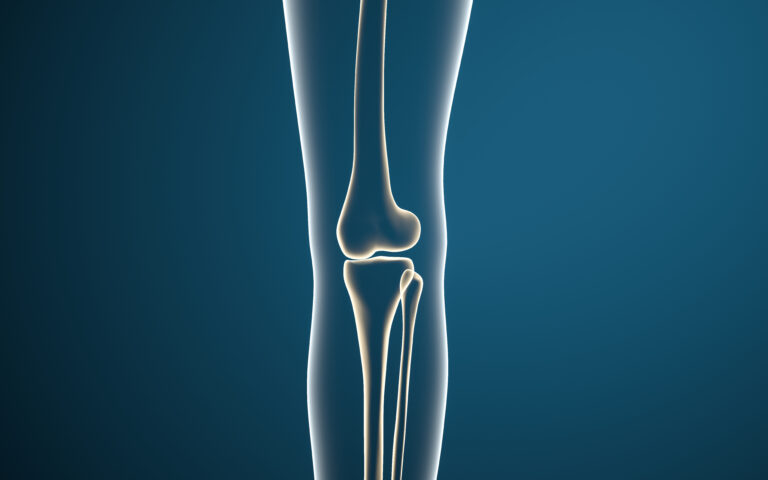Introduction
Research into new polyethylene materials for joint replacement surgeries provides valuable insights into their durability, safety, and effectiveness over extended periods.
Enhanced Durability
Recent advancements in polyethylene materials aim to improve durability by addressing wear and longevity concerns associated with older materials. These innovations are designed to withstand the repetitive stress and friction within joints, offering enhanced longevity for joint implants.
Safety Assessment
Safety is a critical focus in joint replacement research. Long-term studies rigorously evaluate the biocompatibility and stability of new polyethylene materials to ensure they do not pose risks of adverse reactions or complications over time.
Clinical Benefits
Studies examining the clinical outcomes of joint replacements using new polyethylene materials demonstrate promising results. Patients benefit from reduced wear on implants, resulting in fewer revisions and improved overall joint function and comfort.
Patient Advantages
The use of advanced polyethylene materials provides several advantages for patients:
- Extended Longevity: Implants made from these materials are designed to last longer, reducing the need for additional surgeries.
- Enhanced Functionality: Improved durability supports better joint function and mobility, enhancing patients’ quality of life.
- Lower Revision Rates: Reduced wear and increased stability contribute to lower rates of implant revisions, minimizing healthcare costs and patient inconvenience.
Future Research Directions
Future research aims to further optimize polyethylene materials, focusing on enhancing their mechanical properties and biocompatibility. Continued development is expected to further improve patient outcomes and the long-term success of joint replacement surgeries.
Conclusion:
Long-term studies on new polyethylene materials play a crucial role in advancing joint replacement surgeries. By improving durability, safety, and clinical outcomes, these materials significantly enhance the quality of life for patients undergoing joint replacements.
Disclaimer: The information provided in this blog post is for general informational purposes only and should not be considered professional advice. Before making any health-related decisions, consult with a qualified healthcare professional. The content is not a substitute for medical advice, and individual results may vary. The author and website are not responsible for any consequences arising from the use of the information provided. Use your best judgment and seek professional advice when needed.



